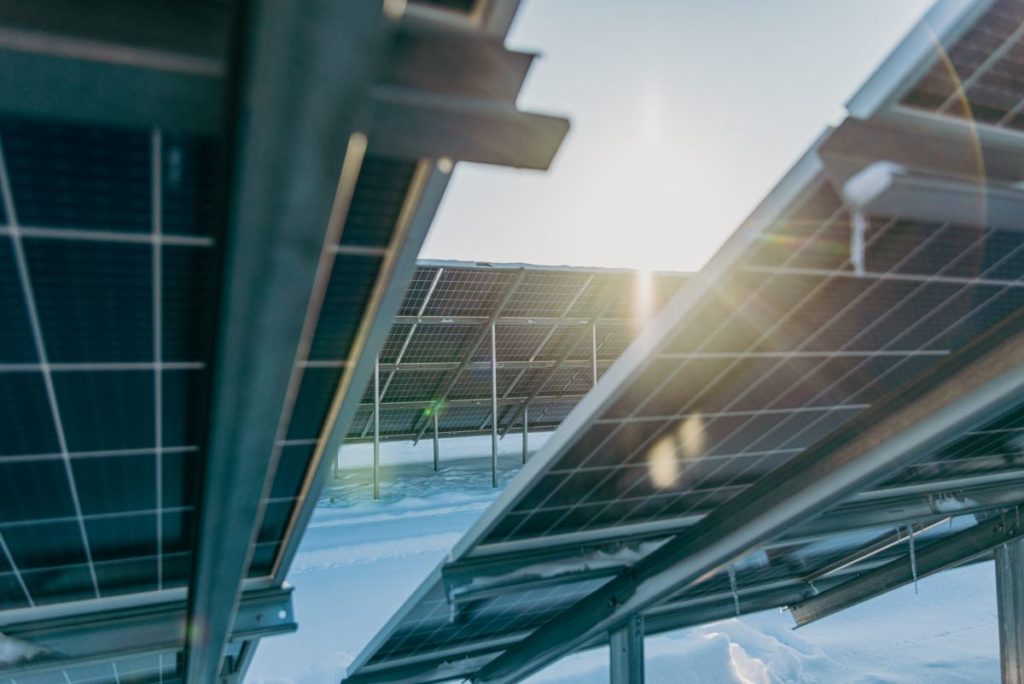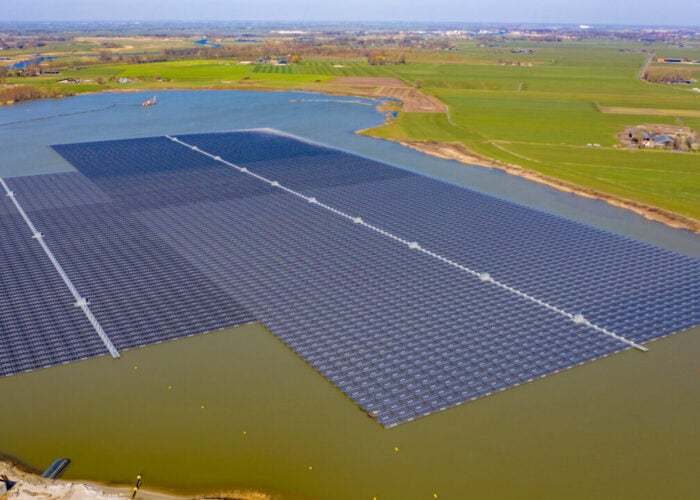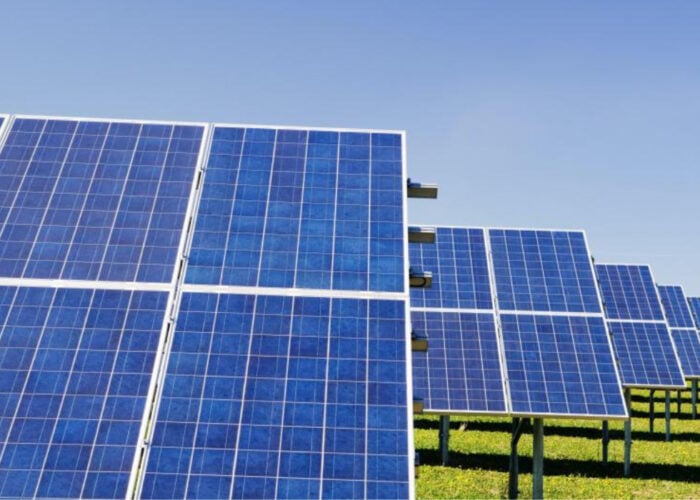
The European Commission has announced its second cross-border renewable energy tender under its Renewable Energy Financing Mechanism (RENEWFM).
The tender will seek ground-mounted solar PV projects and onshore wind capacity, though the Commission has yet to announce the tendered capacity.
Unlock unlimited access for 12 whole months of distinctive global analysis
Photovoltaics International is now included.
- Regular insight and analysis of the industry’s biggest developments
- In-depth interviews with the industry’s leading figures
- Unlimited digital access to the PV Tech Power journal catalogue
- Unlimited digital access to the Photovoltaics International journal catalogue
- Access to more than 1,000 technical papers
- Discounts on Solar Media’s portfolio of events, in-person and virtual
Or continue reading this article for free
The RENEWFM tenders function based on a financial contribution from one EU member state to support renewable energy projects deployed in another. As with the first iteration of the scheme, Luxembourg is providing the financial backing for projects to be deployed in Finland, alongside a new host country, Estonia.
The Commission is seeking bids for ground-mounted PV in Finland and onshore wind in Estonia. Luxembourg is putting up €52.4 million (US$56.7 million) for the scheme. The bidding window is open until 4th March, 2025, and all PV projects must be operational within two years of the window closing, while wind must be operational within three.
The first RENEWFM tender was issued in April 2023, seeking 400MW of solar PV projects to be deployed in Finland with Luxembourg financing. Under the terms of this tender, the financial benefits – and renewable energy production ‘credits’ – of successful projects will be split 80/20 between the funding and the host nations, respectively. The first cross-border tender sought solar PV projects with a minimum capacity of 5MW and a maximum of 100MW and ended up awarding 8 projects with a combined capacity of 282.77MW last November.
The Commission said the scheme is designed to “encourage a greater and more efficient uptake of renewable energy sources across the EU”. The tenders allow relatively wealthy countries with scant available land for renewable energy developments – like Luxembourg – to fund projects in countries with more land resources. The ‘host’ country, as it is known, benefits from the power produced and the economic stimulus from the project’s construction and maintenance.
‘Contributing’ countries put money directly into the RENEWFM scheme, which is then allocated to projects through competitive tenders, based on price per MW.
PV Tech Premium looked into the possible implications of cross-border tenders after the first installation was announced. We heard from Jonathan Bonadio, senior policy advisor at solar trade body SolarPower Europe, who said that cross-border tenders could potentially “lead to lower prices and stimulate the European market for solar.”
The funding pool for the second tender has grown over 25% from the €40 million (US$43.7 million) put forward in the first round.
Despite being first established in 2020, the RENEWFM scheme is still in its infancy. Questions still remain over its ability to unify the administrative procedures and aims of different EU member states and its overall effectiveness.







